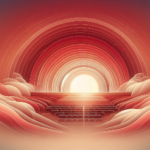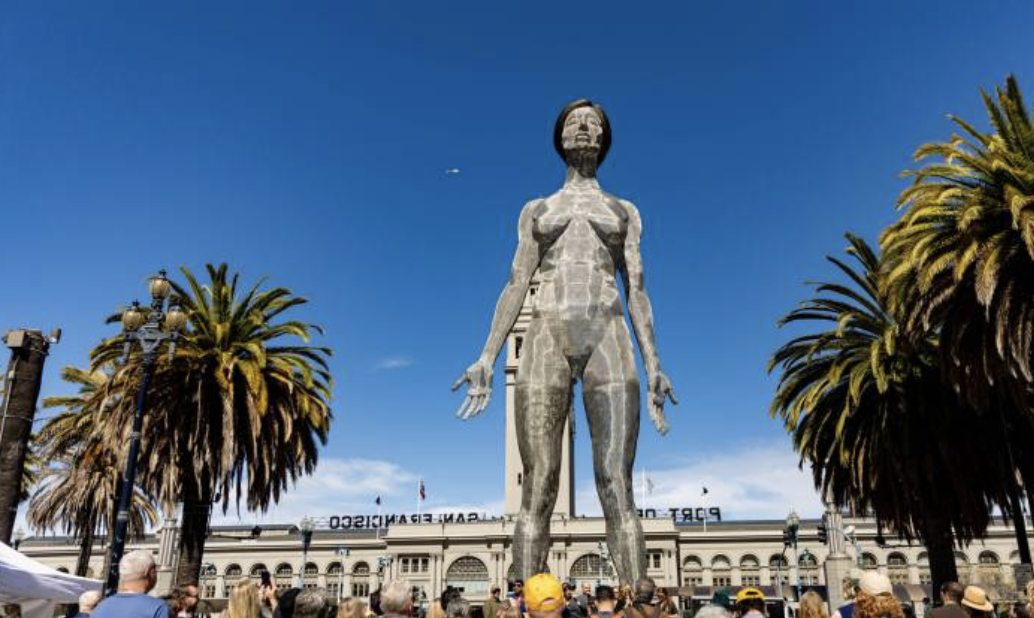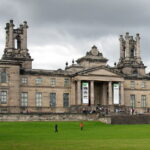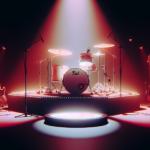A 45-foot tall steel mesh statue of a nude female in a standing yoga pose was unveiled last week at San Francisco’s Embarcadero Plaza. The sculpture, titled “R-Evolution,” was created by artist Marco Cochrane and initially made for Burning Man. It has sparked mixed reactions and raised concerns about the direction of public art in the city.
The installation of “R-Evolution” was organized by a public art agency and privately funded, but still required final approval from the Arts Commission. The sculpture is meant to empower women and encourage freedom of expression. Shannon Riley, CEO of Building 180, called the statue “a powerful representation of feminine strength.”
However, some critics argue that having male artists speak on behalf of female empowerment may not be as genuine as empowering female artists directly, especially at a time when diversity, equity, and inclusion are under threat.
Public art debate in San Francisco
The unveiling also comes just a week after significant funding cuts to diverse cultural institutions through the Dream Keeper Initiative, which was launched in response to the murder of George Floyd. “R-Evolution” is approved for six months with an option to extend, but its placement could be affected by the city’s proposed renovation plans for Embarcadero Plaza, potentially impacting the work of architect Lawrence Halprin, who originally designed the plaza.
San Francisco has a history of prioritizing diverse perspectives in its public art, such as the work of the late artist Ruth Asawa. Her sculptures, including “Araura” and the “Andrea” fountain, are celebrated for their thoughtful and powerful representations, reflecting a deep connection to the community and its surroundings. In contrast, “R-Evolution,” despite its engineering marvel, lacks a similar warmth and accessibility.
The debate over “R-Evolution” highlights a broader discussion about the future of public art in San Francisco. As the city grapples with funding cuts to cultural institutions and potential loss of historic architectural designs, it must also consider whose voices are being amplified and how public art can truly serve and represent the community.










